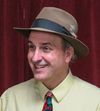1896 UFO
127 years ago, a mysterious phantom in the night sky had the San Francisco Bay Area buzzing.
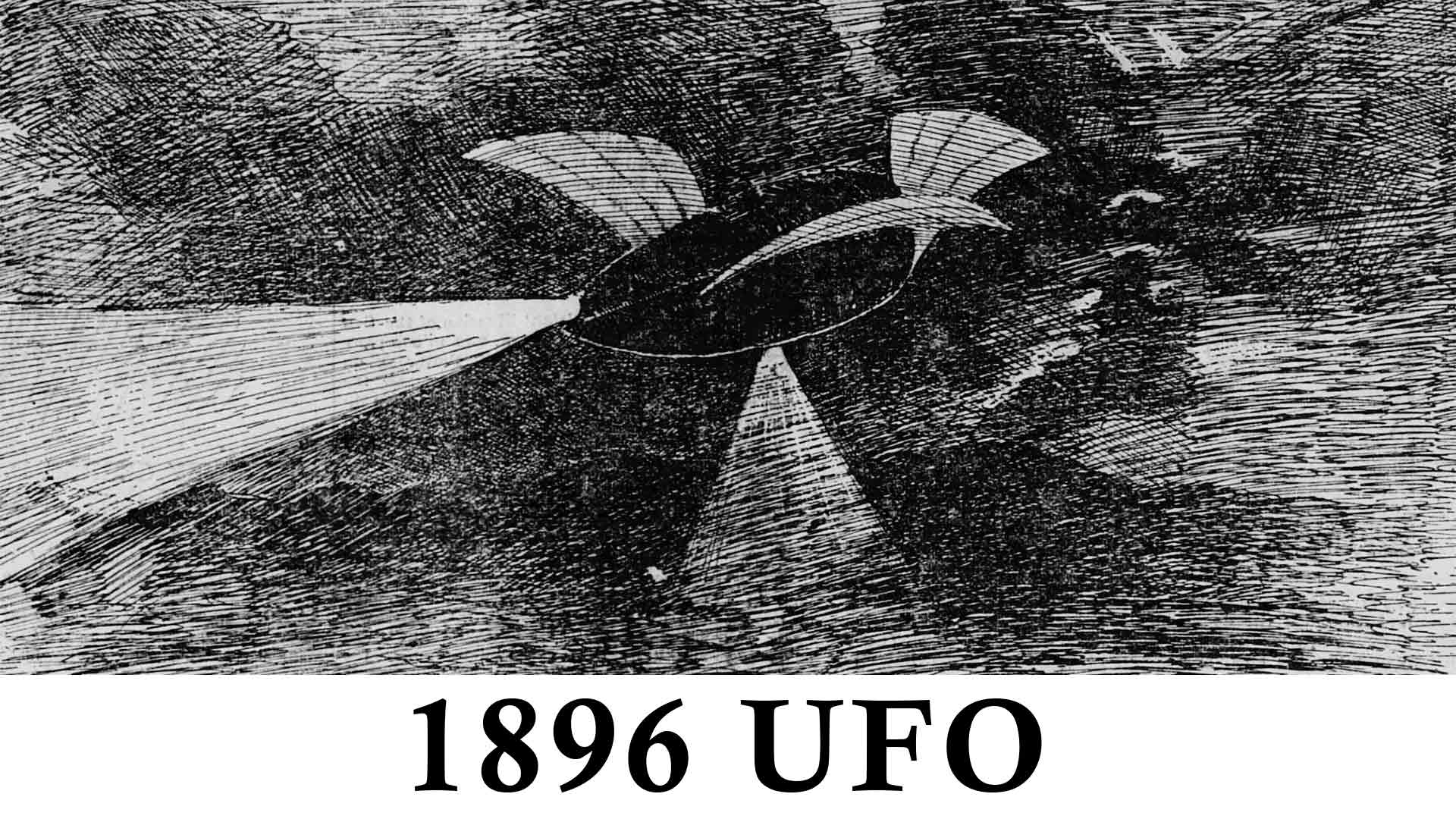
One hundred and twenty-seven years ago this week, San Francisco was in the grips of UFO fever.
The term UFO, an acronym for “Unidentified Flying Object,” hadn’t been coined yet and we usually attribute the rise of flying saucer stories to the paranoid Cold War era of the 1950s. But in late November 1896, a mysterious “airship” began haunting the night skies above the Bay Area from the Cliff House to the Oakland hills, and was even reported as far away as Santa Cruz and Sacramento.
As with any good UFO story, there were upstanding and sober witnesses of the phenomenon—reliable men of probity and logic such as policeman, judges, capitalists, attorneys, and mechanical engineers. There were also witnesses who perhaps had a few too many, reporting on what they saw after exiting bars and saloons late at night.
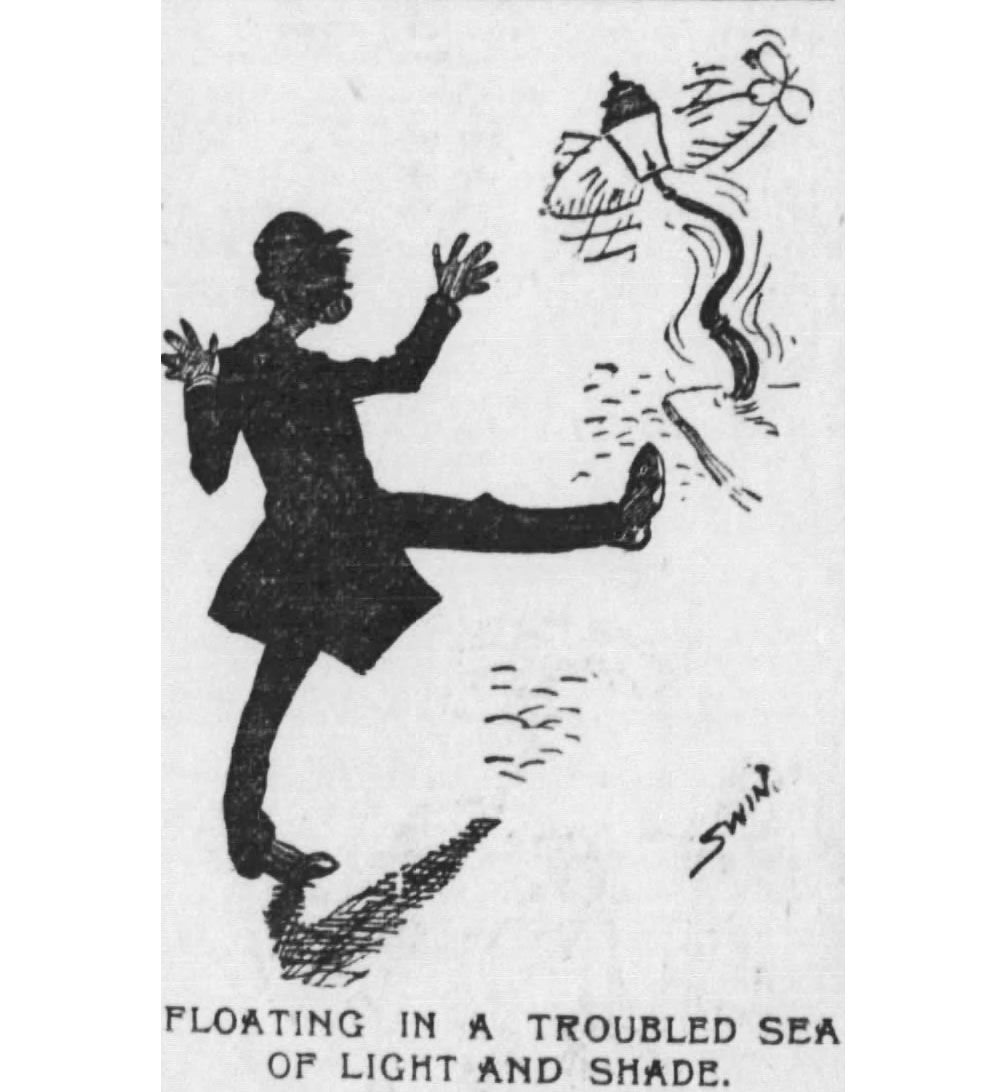
What did they see? A bit of everything, but, in summation, a Maker Faire steampunk-fantasy version of a UFO.
Cigar-shaped. Propellers. Projecting fins. Searchlight in the back. Red running lights. Rising, falling. Moving at lightning speed. With a wavy motion. Hovering. Passing rapidly over the hills or into the ocean.
“It cleaves the air with pinions like a huge condor.”
“It seemed to be shaped like a cartridge, and the light was on the rear end. […] The end was flat, not pointed, and on it were four large propellers, which were similar to the large screws on ocean steamships.”
“…side lights were glittering away like demonical eyes. Their gleam played on the sides of a long, narrow object that seemed to have the shape of an outrigged racing boat.”
“I had a good view of it and cannot be mistaken about its shape or appearance. It had one very bright light in its bow and two others at either side. I don’t drink and never suffer from the staggers and I know what I’m talking about.”
This airship sounded like a zeppelin, a patented rigid airship design, which at the time only existed in plan form. (The first zeppelin flight wouldn’t come until 1900.)
Most observers just saw strange lights in the sky, but some gave very specific details. Admittedly, this latter group was heavily represented by men from bars and breweries. A barkeep in Sacramento: “I heard a voice from the machine declare they were bound for San Francisco.”
Another Sacramento witness: “Above the light I saw two men seated as though on bicycle frames and working with a bicycle movement. I heard one of them say: ‘We will get to San Francisco about half-past 12,’ but not mentioning whether midnight or afternoon.”
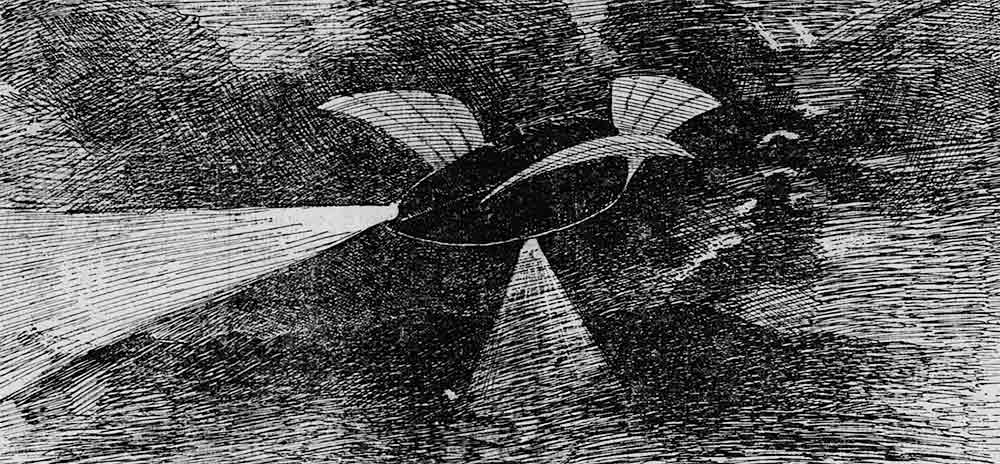
Even San Francisco mayor Adolph Sutro had a story, although he didn’t claim to see the phantom himself:
“It was about dark one evening about two weeks ago when I reached the Cliff House, and, as I alighted from the car, a number of my employees rushed up to me and began telling me about having seen a strange object hovering over the Seal rocks. According to their story, the object came in from the sea and passed directly over the Cliff House, stopping its rapid speed only for a second while over the Seal rocks. It seemed to be about 500 feet above the earth, and it was too dark to get a view sufficient to describe it. The bright light that seemed to be attached to the rear end of the object, apparently a searchlight, was visible to all, and as it passed rapidly out of sight, going in the direction of the city, it left my men full of wonderment as to what it could be.”
This was an era before extraterrestrials and “Alien Abductions” entered popular culture. Fears about the mysterious airship mostly revolved around the idea that a foreign power, perhaps Japan, had mastered powered flight.
The San Francisco Call filled most of its front page with the story on November 23, 1896, and reported that a patent attorney, George D. Collins, claimed to know all about the mysterious airship. Collins credited the machine to a secretive and experimenting millionaire inventor from Oroville.
Yes, Oroville, California. I apologize if you were you expecting a lair worthy of a James Bond villain, say hidden in an ocean volcano.
To bolster his own credibility, Collins admitted that when he first heard the inventor describe his machine he asked “What kind of whiskey have you been drinking?” and then followed up with “Have any members of your family ever been in the lunatic asylum?”
Now Collins claimed it was all true, but he was sworn to secrecy. The paranoid inventor, you see, naturally feared having his secrets stolen before the machine was ready to be consigned to Washington D.C.
“The airship man will trust no one, not even lawyers,” noted the San Francisco Examiner archly, “displaying in this latter respect a mark of wisdom that distinguishes him as a true genius.”
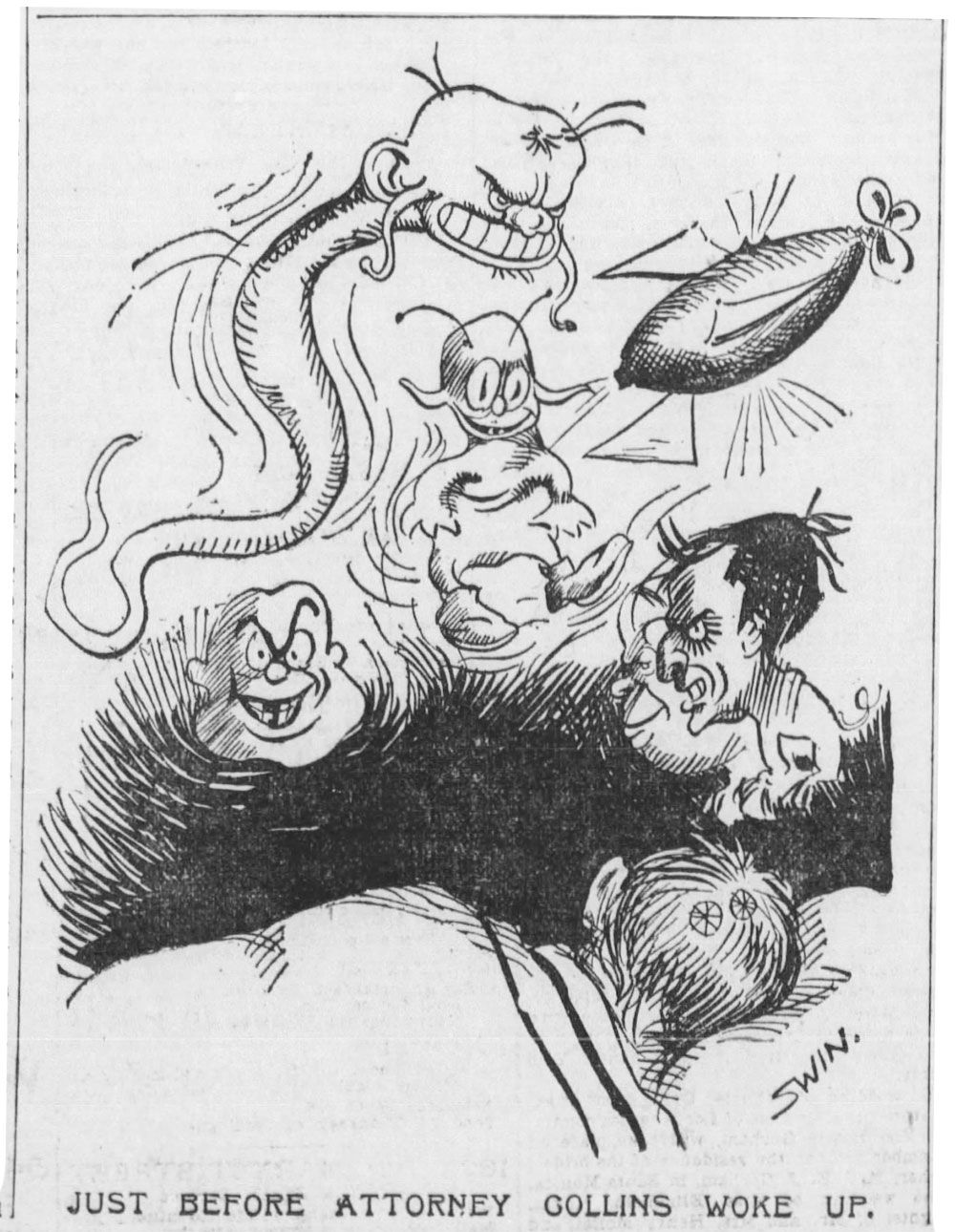
Collins did reveal that the “propelling power is produced by compressed air, which works the arms and produces the lights.”
Orovillians knew no one of their number hiding a massive airship although one suspect there, a dentist, was reported by his uncle to be of an ingenious turn of mind, so there was that...
Government officials in the 1950s and 1960s explained flying saucer reports as simple weather balloon sightings. The skeptics of 1896 suspected college pranksters of attaching lighted oil-soaked rags to toy balloons. That explained the lights, if not men pedaling and chatting about ETAs to the city.
San Francisco got over its UFO obsession quickly. Collins denied he had ever mentioned a flying ship or an Oroville inventor. The Examiner poked fun at the hullabaloo with satirical cartoons. People pointed out that a story of a monstrous sea serpent cruising the coast had made the rounds over the summer. Obviously, it was just the year for pulling the public’s collective leg.
Or maybe the contraption just moved on. Mysterious airships were reported in the nighttime skies of numerous U.S. cities through the winter and into the summer of 1897: Louisville, Chicago, Minneapolis, Waterloo, Kansas, and Omaha, Nebraska.
Then, in Astoria, Illinois, a coded letter for Thomas Edison was supposedly discovered supposedly dropped by the supposed airship. Aha! The great inventor was behind it all!
When Edison debunked the whole story as a delusion or obvious fake from beginning to end, the air really came out of the airship story. The phantom retired from public view, leaving the night skies open for flying saucers and ETs to occupy half a century later.
Woody Beer and Coffee Fund

Man, that Phiz coffee is rocket juice. Thanks to contributors to the Woody Beer and Coffee Fund, Dan W. and I had the staggers for two days. We also had a great time talking about history, politics, and community gardens of Ocean Avenue.
Our great appreciation to all who kicked in to make me social and buy beverages for friends. Is it your turn to chip in? And let me know when you’re free for some egg nog or something.
Thankfulness time: The San Francisco Story community has been very important for me in a difficult year. Writing these short pieces take me out of myself a bit. Knowing there are hundreds of people who read them each week really buoys my spirits. Thanks for carving out a small slice of your email in-box for me.
Sources
I stumbled on the 1896 airship story in old newspapers, but apparently a gentleman named Daniel Cohen wrote a whole book on the subject, published in 1981, and appropriately titled The Great Airship Mystery: A UFO of the 1890s. Something you might want to track down for more.
“A Winged Ship in the Sky,” San Francisco Call, November 23, 1896, pg. 1
“Queer Things You See When--,” San Francisco Examiner, November 23, 1896, pg. 12.
“The Apparition of the Air,” San Francisco Call, November 24, 1896, pg. 1.
“Coy Mr. Collins and His Airship,” San Francisco Chronicle, November 24, 1896, pg. 9.
“Have You Seen it in the Sky?” San Francisco Examiner, November 24, 1896, pg. 9.
“Edison Brands an Airship Fake,” San Francisco Examiner, April 20, 1897, pg. 9.

